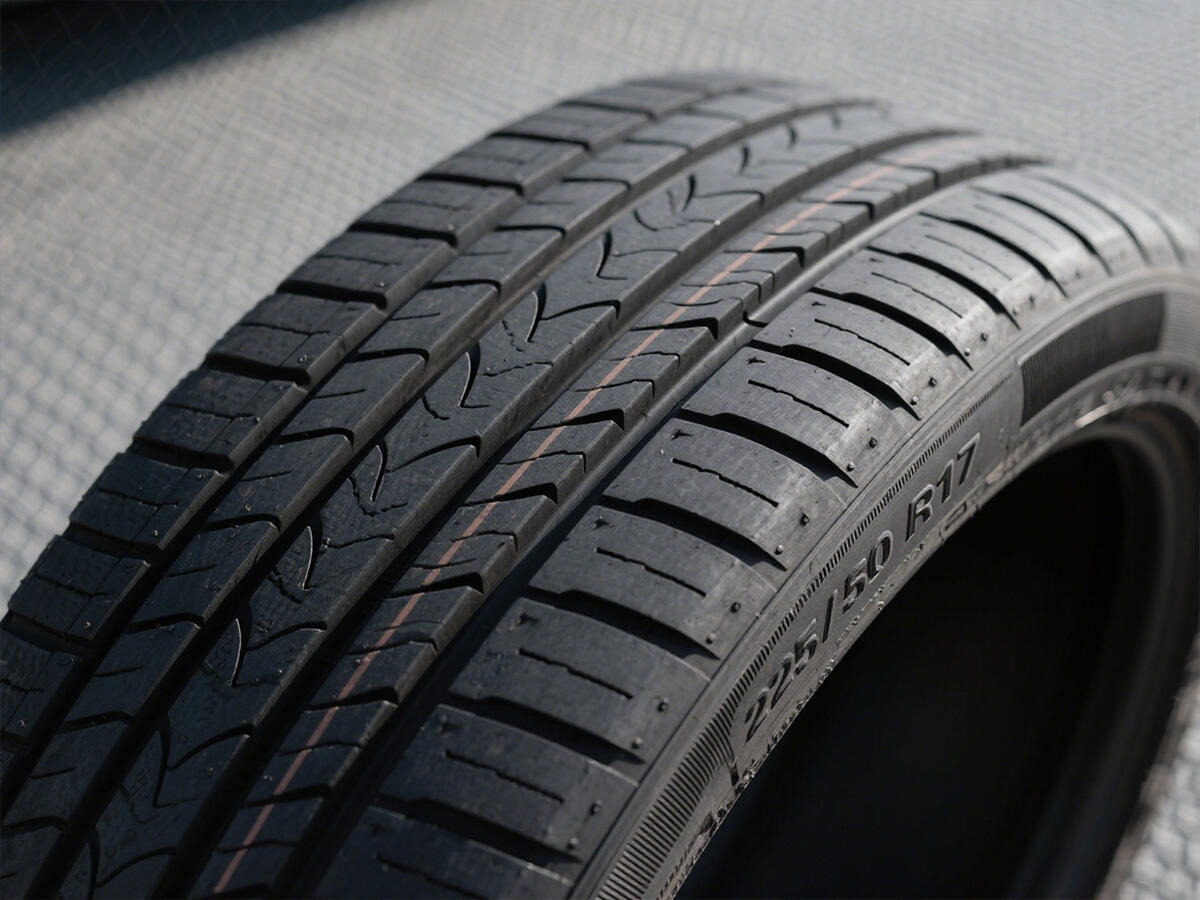Light magnesium oxide (LMO) is becoming a go-to additive for boosting the performance of rubber goods. This post highlights the gains manufacturers can expect when they blend LMO into rubber recipes. We will cover how LMO toughens rubber, keeps it stable when hot, and speeds up production. Knowing how LMO fits into the rubber mix will help companies tailor their products for everything from cars to heavy industry.
What is Light Magnesium Oxide?
Light magnesium oxide looks like fine, white powder and is made from heating magnesium carbonate. Its fine particles and special structure let it do more than simply bulk up a rubber mix. Not only does LMO act like a tiny support beam inside the rubber, but it also sets off reactions that fine-tune strength, heat resistance, and other key rubber traits. This part of the post will explain the chemistry of LMO and show how it polishes a rubber compound.
Toughening the Rubber
LMO’s biggest selling point is its ability to toughen rubber while keeping it flexible. Add just a small amount, and the tensile strength, elongation, and tear resistance of the compound all climb. That’s a plus for parts like tires and seals that must stand up to wear and keep performing. LMO enriches the rubber’s scaffolding, giving manufacturers confidence that their products will last and stay reliable over time.
Boosting Rubber Heat Resistance with LMO
Besides adding strength, LMO (lithium magnesium oxide) is a game-changer for thermal stability in rubber. Whether in tires, seals, or hoses, rubber often faces swinging temperatures, speeding up wear. Because LMO beefs up the rubber molecular structure, it absorbs less heat and releases it slowly, delaying softening or cracking. By keeping the rubber flexible and tough in a hot engine or blistering desert, LMO can more than double the part’s working life and cut the costs of premature failure.
Smoother Manufacturing with LMO
LMO gives rubbermakers another win in the factory. Its super-fine particles settle in the gum easily, blending in with the speed of flour in a cookie dough. Lower density means LMO doesn’t clump like heavier fillers, so the mixer and calender run cooler, with less wear and tear. That speed boosts supply—more rolls produced in the same shift—yet uses less energy and fewer curing ovens, slicing production costs and carbon footprints. When companies shift to lean production, the squeeze-out gains from LMO open the door to bigger factory profits.
Industry Trends and Future Directions
The rubber industry keeps pushing forward, and the latest stir is high-performance materials. Light magnesium oxide (LMO) is moving to the front of the line as a go-to additive, winning attention because of the perks it brings. Trends show a clear swing to green and sustainable products, and LMO fits nicely into that picture by boosting rubber performance without leaving a big environmental footprint. Manufacturers are already playing with clever LMO uses, carving out space for the next generation of rubber technology.
To wrap it up: adding light magnesium oxide to rubber compounds delivers big wins that cover a wide spectrum of uses. Whether the goal is tougher mechanical strength, hotter thermal stability, or smoother processing, LMO proves itself as a smart add-in. As producers chase the needs of today's and tomorrow's applications, LMO is set to keep the leads it opened—and help sketch the next chapter of rubber innovation.


